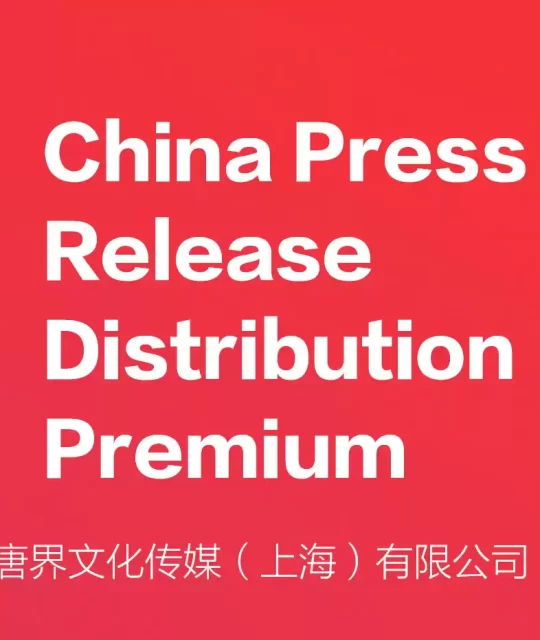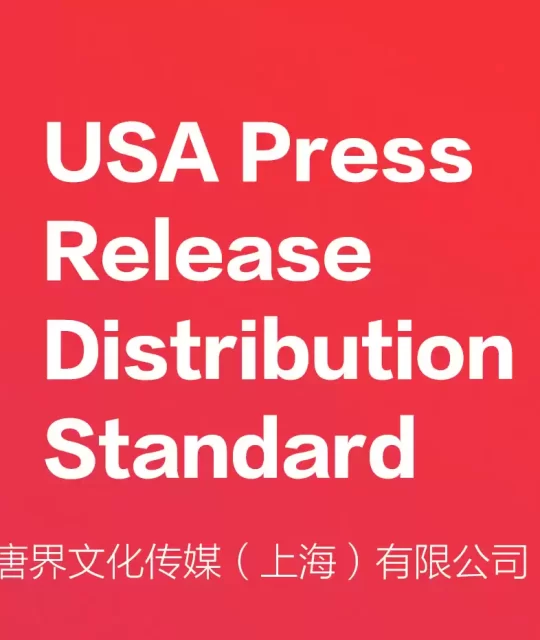China’s food and beverage (F&B) market is one of the largest and most diverse in the world. As the country’s middle class grows and consumer tastes evolve, foreign food and beverage brands are presented with an unprecedented opportunity to tap into a rapidly expanding market. However, successfully marketing F&B products in China requires a deep understanding of local consumer preferences, cultural nuances, and market dynamics. This article explores key strategies that can help foreign brands navigate the complexities of the Chinese market and build a strong presence, with a focus on targeting consumers in different-tier cities.
1. Understanding Chinese Consumer Preferences
Before launching a product in China, it’s crucial to understand the unique preferences and trends that drive Chinese consumers. While many international brands are tempted to apply their global marketing strategies, China’s F&B market demands a more localized approach.
- Health Consciousness: Chinese consumers are increasingly aware of health and wellness trends, with many opting for products that promote health benefits. Organic, low-sugar, low-fat, and natural ingredients are highly valued. Brands that emphasize the health benefits of their products are more likely to attract the growing health-conscious segment, especially among younger, more affluent consumers in Tier 1 cities.
- Taste Preferences: The taste preferences of Chinese consumers can differ significantly from those in the West. For example, Chinese cuisine is traditionally savory, and flavors like sweet and sour or spicy are popular. Brands need to adapt their products to meet local flavor profiles, or risk alienating potential customers.
- Local Ingredients & Authenticity: Chinese consumers place a high value on locally sourced ingredients and products that align with traditional flavors. If your product is made with foreign ingredients, highlighting the authenticity and quality of those ingredients will resonate with consumers who may be skeptical about imported goods.
2. Leveraging Digital Platforms for Marketing
In China, traditional marketing channels like TV and print media are still relevant, but digital platforms play a central role in influencing consumer purchasing decisions. Foreign F&B brands must adapt their marketing strategies to China’s highly digitalized ecosystem, which includes social media, e-commerce, and influencer marketing.
- Social Media Marketing: Platforms like WeChat, Weibo, and Douyin (China’s version of TikTok) are essential tools for reaching Chinese consumers. These platforms allow brands to engage with consumers, share content, and build brand awareness through targeted advertising. WeChat, in particular, offers an ecosystem where brands can create official accounts, engage in one-on-one interactions, and even offer e-commerce services through mini-programs.
- Influencer Marketing (KOLs and KOCs): Key Opinion Leaders (KOLs) and Key Opinion Consumers (KOCs) have a major influence on Chinese consumers’ purchasing decisions. Collaborating with well-known KOLs or micro-influencers who align with your brand values can significantly increase visibility and credibility. Platforms like Douyin and Xiaohongshu (Little Red Book) are great for influencer-driven campaigns in the F&B sector.
- E-commerce Channels: With online shopping dominating consumer habits, setting up a presence on major e-commerce platforms like Tmall, JD.com, and Pinduoduo is essential. These platforms are the go-to for Chinese consumers when purchasing food and beverages, and they offer opportunities for brands to leverage targeted advertising, promotions, and partnerships with influencers.
3. Tailoring Strategies for Different-Tier Cities
In China, consumer preferences and purchasing power vary significantly between Tier 1, Tier 2, and Tier 3 cities. Understanding these differences is crucial for crafting marketing strategies that resonate with local consumers.
- Tier 1 Cities (Beijing, Shanghai, Shenzhen, Guangzhou): These cities are home to the wealthiest and most cosmopolitan consumers. Affluent, younger consumers here are highly influenced by international trends, and they tend to prioritize premium, healthy, and innovative products. Brands targeting Tier 1 cities should focus on high-quality, health-conscious, and luxurious product offerings. Additionally, emphasizing cutting-edge packaging, as well as integrating global trends, such as plant-based foods, can be a key selling point for these urban consumers. Marketing campaigns should leverage digital and social media heavily, using KOLs and social influencers for maximum engagement.
- Tier 2 Cities (Hangzhou, Chengdu, Nanjing, Suzhou): Consumers in Tier 2 cities are also middle-class but have somewhat lower disposable incomes compared to Tier 1 cities. They tend to be more price-sensitive but still desire high-quality products. Brands targeting these cities should focus on affordability, while also maintaining a strong emphasis on health and sustainability. Leveraging e-commerce platforms such as JD.com and Pinduoduo for promotions and online campaigns is particularly effective in Tier 2 cities. While traditional media might still have some influence, digital marketing and influencer collaborations should be tailored to reflect the local flavor.
- Tier 3 Cities (Wuhan, Xi’an, Zhengzhou, Changsha): The consumers in these cities are more conservative in their spending, often prioritizing value for money over premium or imported products. These cities tend to have a stronger local identity, so brand localization is key. Offering products that are in line with local tastes, packaging them in affordable sizes, and focusing on practical benefits (e.g., family-friendly products) can drive sales. For Tier 3 cities, cost-effective advertising strategies that include collaborations with local influencers and heavy discounts through e-commerce platforms like Taobao and Pinduoduo are crucial for success.
4. Localization of Product Offerings
Localization goes beyond just translating marketing materials or packaging. It involves adapting the product to meet the specific tastes, cultural expectations, and dietary habits of Chinese consumers.
- Packaging & Design: Packaging plays an important role in the Chinese market. Consumers often consider packaging as an indicator of product quality, and they gravitate towards attractive, premium-looking designs. For instance, packaging that features elements of Chinese culture, such as auspicious colors or traditional symbolism, can help attract attention and build trust.
- Product Variations & Flavors: As mentioned earlier, taste preferences can vary greatly between Western and Chinese consumers. To succeed in the market, F&B brands should adapt their products to suit local taste profiles. For example, offering a spicy or sweet version of a snack may appeal more to Chinese consumers than a standard flavor. Additionally, creating smaller or more affordable packaging options can attract consumers who are price-conscious or looking to try new products.
- New Product Launches: When introducing a new product, it’s vital to conduct consumer testing in specific regions to gauge local acceptance. The market is highly competitive, and standing out requires a deep understanding of local preferences.
5. Building Brand Trust with Chinese Consumers
Brand trust is essential for success in China, particularly in the food and beverage sector, where consumers are increasingly concerned about quality and food safety. To build trust and credibility, foreign brands must focus on transparency and quality assurance.
- Quality Certification & Transparency: To reassure consumers about the safety and quality of imported products, food brands should provide clear information on their sourcing, manufacturing processes, and certifications. For example, certifications such as ISO, Organic, or Fair Trade can be a strong selling point in China.
- Customer Reviews & Testimonials: In China, online reviews and customer testimonials hold significant weight in the decision-making process. Positive reviews and user-generated content can greatly influence potential customers’ perceptions of your brand. Collaborating with local influencers or satisfied customers to share positive experiences can help build credibility.
- Corporate Social Responsibility (CSR): Chinese consumers are increasingly drawn to brands that demonstrate a commitment to social and environmental responsibility. Brands that engage in CSR activities, such as sustainability efforts or community engagement, can foster a sense of goodwill and strengthen their reputation.
6. Navigating Regulatory Requirements
The Chinese F&B industry is highly regulated, and foreign brands must comply with a range of rules to operate successfully. Regulations related to food safety, labeling, packaging, and importation are crucial to ensuring smooth market entry.
- Food Safety Regulations: China has strict food safety regulations governed by the State Administration for Market Regulation (SAMR) and the General Administration of Quality Supervision, Inspection and Quarantine (AQSIQ). All food products must meet these regulations, including quality testing, certification, and adherence to local standards.
- Importation Procedures: Importing food and beverage products into China requires navigating complex customs procedures, including the submission of product samples for testing, securing import permits, and meeting labeling and packaging requirements. Working with a trusted local partner can help ensure that all necessary paperwork and certifications are in place.
- Labeling and Packaging Requirements: China has specific labeling requirements for food products, including Mandarin translations, nutritional information, and country of origin. Failure to comply with these requirements can result in fines or delays in product launches.
7. How China Business Agency Can Assist
At China Business Agency, we specialize in assisting foreign food and beverage brands in navigating the complexities of the Chinese market. Our expertise covers a wide range of services, including market entry strategy, media relations, influencer marketing, localization, and regulatory compliance. We understand the nuances of the Chinese consumer landscape and can help tailor your marketing efforts to ensure your brand resonates with Chinese consumers.
From crafting compelling marketing campaigns to guiding you through the legal and regulatory requirements, we provide a comprehensive service to help your food and beverage brand succeed in China.
Conclusion
China presents vast opportunities for food and beverage brands, but navigating the market successfully requires a deep understanding of local preferences, marketing channels, regulatory frameworks, and consumer behaviors. By tailoring your product offerings, leveraging digital platforms, and building trust with consumers, your brand can establish a strong presence in this dynamic market. Partnering with experts like China Business Agency can streamline the process, ensuring your brand’s success in one of the world’s most lucrative F&B markets.






